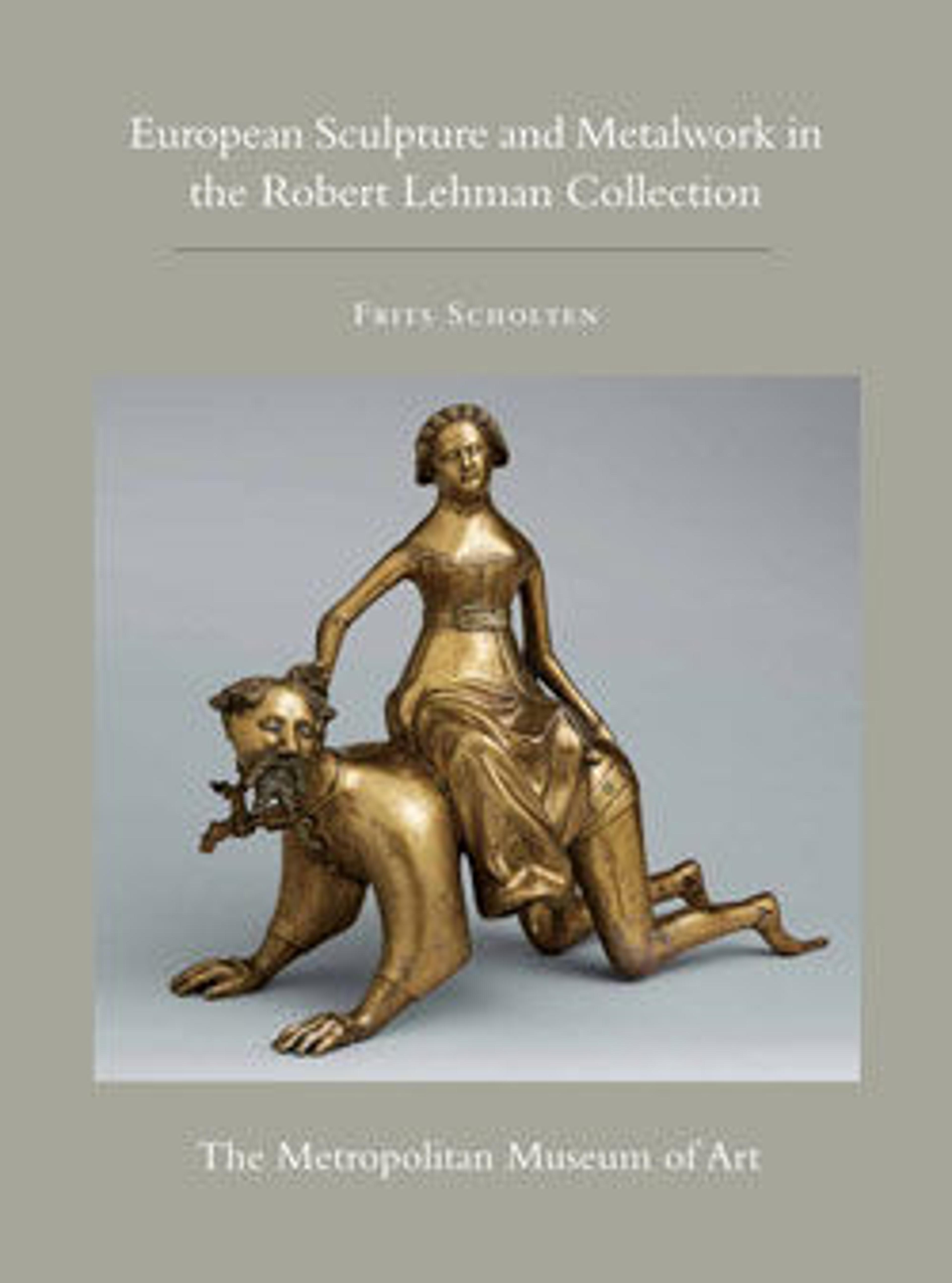Candlestick Supported by Putti
This candlestick (part of a pair with 1975.1.1380) may have been used in an ecclesiastical setting. One of the roundels between their legs contains a cross, while another contains the figure of a saint. The attributes of the saint—an open book and the IHS monogram—suggest that he can be identified as Saint Bernardino of Siena, an influential fifteenth-century Franciscan preacher who was canonized in 1450. Although the coat of arms in the third roundel has not yet been linked with a specific family, they are probably those of the family who commissioned the pair.
Artwork Details
- Title: Candlestick Supported by Putti
- Artist: Workshop of Niccolò Roccatagliata (Italian, born Genoa, active 1593–1636)
- Artist: (son of Nicolo Roccatagliata) Sebastiano Nicolini (active after 1614)
- Date: first half 17th century or later
- Medium: Copper alloy, with a black lacquer or wax patina.
- Dimensions: H. 57.5 cm (excluding prickets).
- Classification: Metalwork
- Credit Line: Robert Lehman Collection, 1975
- Object Number: 1975.1.1381
- Curatorial Department: The Robert Lehman Collection
More Artwork
Research Resources
The Met provides unparalleled resources for research and welcomes an international community of students and scholars. The Met's Open Access API is where creators and researchers can connect to the The Met collection. Open Access data and public domain images are available for unrestricted commercial and noncommercial use without permission or fee.
To request images under copyright and other restrictions, please use this Image Request form.
Feedback
We continue to research and examine historical and cultural context for objects in The Met collection. If you have comments or questions about this object record, please contact us using the form below. The Museum looks forward to receiving your comments.
